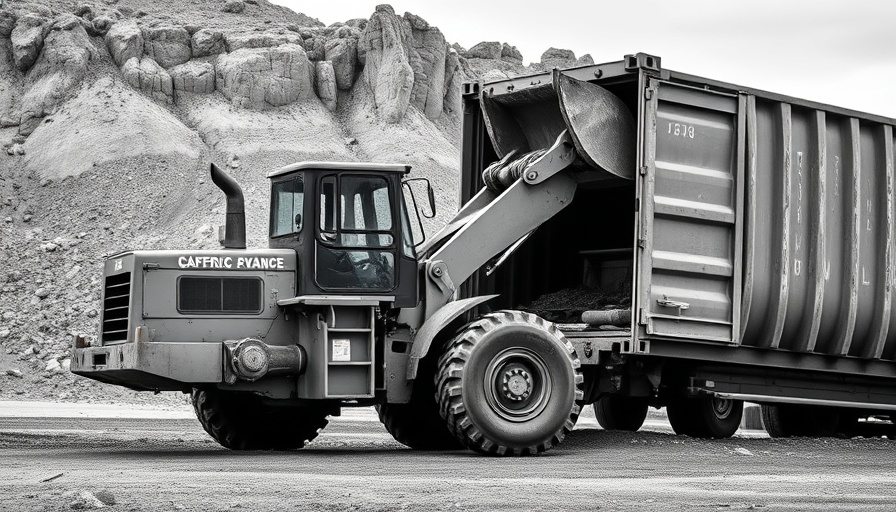
The Evolution of Wheel Loaders: From Simple Machines to Powerhouses
Since their inception in the 1950s, wheel loaders have undergone significant transformation, evolving from basic tractor attachments to sophisticated, powerful machines
The journey began when Volvo introduced the H-10, a simple device built on a tractor chassis that fundamentally changed the way construction and heavy industries approached material loading tasks. Over the decades, these machines have become essential on job sites, equipped with advanced hydraulic systems and ergonomically designed operator cabins that enhance comfort and productivity.
Current Trends in Wheel Loader Technology
Manufacturers like Caterpillar, JCB, and Hitachi are at the forefront of innovation, introducing models that boast higher efficiency and specialized features. Recent launches indicate a trend toward electric and hybrid-powered loaders, aligning with the industry's push for sustainability. Bobcat's recent addition of larger wheel loaders—like the L205 through L285 series—represents not just an expansion of their product line but a commitment to adapting to both market demands and environmental considerations.
Sales Insights: The Continual Popularity of Wheel Loaders
According to recent sales data from Fusable, wheel loaders continue to hold a strong position in the market, ranking fourth in new financed equipment sales. Between July 2024 and June 2025, over 12,000 units were sold, marking an 8% increase from the previous year. This sustained demand is indicative of ongoing investment in infrastructure and heavy machinery across various sectors, coupled with the machines' versatility in handling diverse tasks.
Design Innovations for Operator Comfort
Today’s wheel loaders come equipped with numerous comfort and safety features that make them more accessible for operators. For instance, Bobcat's latest models include fully adjustable air suspension seats and joystick controls that ensure ease of use during long hours of operation. The integration of high-resolution touch displays provides operators with essential data at their fingertips, streamlining operations significantly.
Alternative Power Sources: A Glimpse into the Future
The shift toward alternative power solutions in wheel loader design is rapidly gaining traction. Battery electric and hydrogen-powered loaders are being developed, addressing both efficiency and emissions concerns—an important step toward sustainable construction practices. As these models reach the market, they promise to reshape the industry, appealing to environmentally conscious contractors and operations.
Choosing the Right Wheel Loader for Your Needs
Given the variety of wheel loaders available, potential buyers must assess their specific needs, including load capacity, fuel efficiency, and terrain adaptability. Considerations such as these are crucial for contractors looking to optimize their operational effectiveness while minimizing costs.
Conclusion: Preparing for Future Investments in Construction Equipment
The wheel loader market is not just about the machinery itself; it reflects broader trends in construction and equipment financing. As more advanced, sustainable models enter the arena, carefully evaluated investments will become essential for contractors aiming to stay competitive in a growing sector. The trend toward electric and hybrid options will shape purchasing decisions over the next decade, making it crucial for contractors to stay informed and adaptable.
 Add Row
Add Row  Add
Add 




Write A Comment